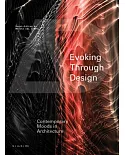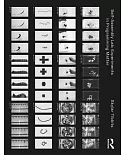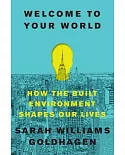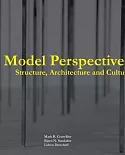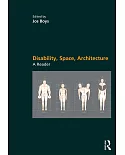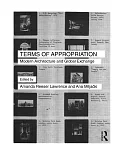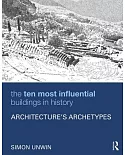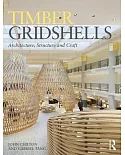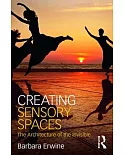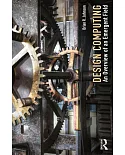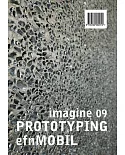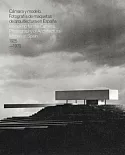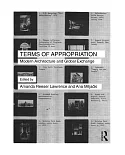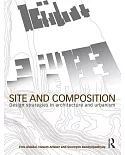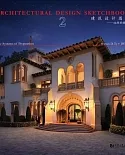Since the 1992 Earth Summit in Rio de Janeiro, the concept of sustainability has come to the fore in the building industry as well as elsewhere. It requires the use of intelligent technology,
innovative structures, ecologically sound materials, and environment-related energy management. This development is particularly vigorous in the residential sphere, since we now see a growing
sensitivity to quality of life and accommodation: people increasingly insist on healthy indoor atmosphere, natural humidity balance, thermal comfort, and daylighting.
This book offers a thorough and technically detailed documentation of 25 sustainable residential structures, both in the high-tech and low-tech domain. The individual projects differ greatly in
size and in the materials used. The examples are chosen from 18 countries on all five continents and are located both in rural and urban areas.


